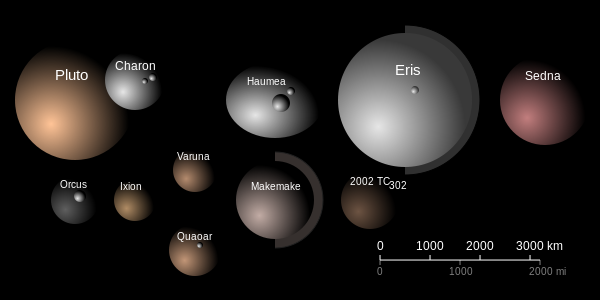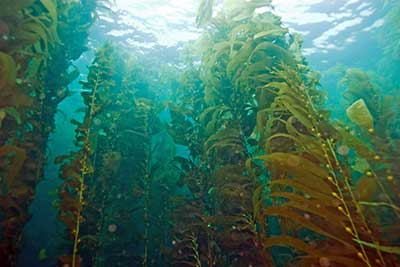Physicist: We can feel fairly certain that no life from Earth can survive on the surface of any of the other planets.
Mercury is really inhospitable. Although there’s some water ice in craters near it poles, there’s very little hope of any liquid water anywhere.
Venus may be capable of sustaining high-altitude microbes (where it’s relatively cool), but nothing can survive being anywhere close to the surface (including robots, the sturdiest of which have lasted for about 2 hours). That said, even the high-atmosphere life here on Earth is still dependent on the biosphere below.
Earth is alright. Could be better.
If there’s liquid water deep under the surface of Mars there are a few extremophiles that may be able to survive there.
Given the extreme cold, or pressure, or toxic gases of all of the gas giants, it’s very unlikely that anything could survive on/in them. Jupiter, Saturn, Uranus, and Neptune all suffer from the same affliction: no ground. It may be possible to engineer some kind of amazingly hardy space-kelp, that uses bladders filled with harvested hydrogen to float in the warmer layers of the gas giants, and somehow gleans energy from the almost completely chemically inert atmospheres and the very un-Sunny darkness.
Unfortunately, space-kelp doesn’t exist (yet).
The dwarf planets are a dry well as far as survivability goes. They’re too small to hold an atmosphere or have warm cores (as far as we know). So, Ceres, Pluto, Sedna, Xena (and its moon Gabriel), and all the rest would be great places to mummify creatures in a hurry, but not much else.

Some of the dwarf planets. Most of these are far to small and distant for us to have decent images, but in 2015 New Horizons will give us some detailed images of Pluto and Charon!
So the other planets and dwarf planets are a bust. However, there are moons aplenty in the solar system. Titan has an atmosphere even denser than ours (this is freaking researchers right-the-heck-out today), and many other moons have active, hot cores. There may be some bacteria that could live in the methane-rich environment of Titan, assuming they could find a place warm enough under the surface to find some liquid water (the surface of Titan is almost cold enough for liquid nitrogen to condense out of its atmosphere), but they wouldn’t exactly thrive.
Another hope is Europa, an big ball of ice that may have liquid water oceans beneath its frozen surface. As far as I know, this is the only place that anyone is expecting to find life that might be even remotely familiar to us. Assuming it does have volcanically heated water, Europa may also be the only place with even the slightest possibility of multi-cellular life.
That said, it probably doesn’t. It’s fairly likely that living things from Earth have been blasted into space (by impacts) and have eventually landed on almost every major body in the solar system. While it’s possible to survive the trip, living and growing on another planet is likely to be impossible.









12 Responses to Q: Which of Earth’s life forms could survive on each planet of the Solar System?